Good Mood Rainbow Foods
What colors are on your plate? How many colors from nature do you eat each day?
Rainbow vegetables and fruits are powerful brain foods. They provide the micronutrients necessary for your physical and mental health:
- Vitamins
- Essential minerals
- Phytochemicals (health-promoting natural compounds in plants)
Rich in powerful antioxidant, anti-inflammatory, and DNA-enhancing properties, they fuel your brain, provide essential nutrients and reduce inflammation. There is a strong link between inflammation, mood, and mental health.
Loaded with fiber, these foods also feed the good bacteria in your gut. The trillions of bacteria in your gut influence your mood, brain functions and mental health. Rainbow foods are good mood foods.
[su_expanding_quote_book alignment=”full” source_author=”Drew Ramsey, MD” source_title=”Eat to Beat Depression and Anxiety” full_quote=”Mother Nature created a world full of brightly colored fruits and vegetables – all with their own unique phytonutrients to promote health. These rainbows – sometimes referred to as “brainbows” – are chockful of fiber and phytonutrients. Flavonoids are responsible for the bright colors. Purple foods like eggplant and berries, boast phytochemicals called anthocyanins, which have amazing anti-inflammatory properties. Orange options like carrots and sweet potatoes, get their sunny color from, which convert into brain-boosting vitamin A. Reds – from strawberries to tomatoes – signal lycopene, an antioxidant dynamo.” short_quote=”Mother Nature created a world full of brightly colored vegetables, all with their own unique phytonutrients to promote health”]Here is a quick list of rainbow foods, and reasons to eat them. How many of these foods do you eat?
Greens are SO nutrient-dense, I’ve written about them separately — Good Mood Leafy Greens. and 10 Ways to Boost Your Mood with Leafy Greens. Aim to eat greens every day.
| Colors | Foods | Benefits |
| Red | Beets
Cherries / Cranberries Kidney beans Red apples and pears Red bell peppers Red cabbage Strawberries/Raspberries Red potatoes Red quinoa Radicchio Watermelon |
Improves memory and mood
Decrease brain fog Improves digestion Improves heart health Lowers blood pressure |
| Orange | Carrots
Oranges Peaches /apricots Cantaloupe Mango Papaya Butternut squash Sweet potatoes |
Improves digestion
Boosts immunity Helps cells communicate Prevents cellular damage Improves better cognitive performance reduces risk of cognitive decline
|
| Purple | Blueberries / Blackberries
Elderberries Eggplant Plums Purple grapes Purple carrots Purple cabbage Purple potatoes Black quinoa Black beans |
Improves memory
Improves circulation Boosts brain activity Boosts immunity Improves digestion Blood sugar regulation |
| White | Onions / garlic
Cauliflower Turnips Jicama Bananas Peaches Parsnips Mushrooms Rutabagas White radishes White beans |
Reduces blood pressure
Boosts immunity Helps new cell growth Improves blood circulation Helps detoxification Protects cells |
What to Do?
Which fruits and veggies do you regularly eat? What can you add to build a rainbow in your meals?
- Identify opportunities to make small, positive changes.
- Find ways to build a rainbow in every meal.
- Expand your palate and maximize the range of nutrients that are beneficial to your brain.
- Eat for pleasure. Eat for life!
Here are a couple of ways to put more colors on your plate:
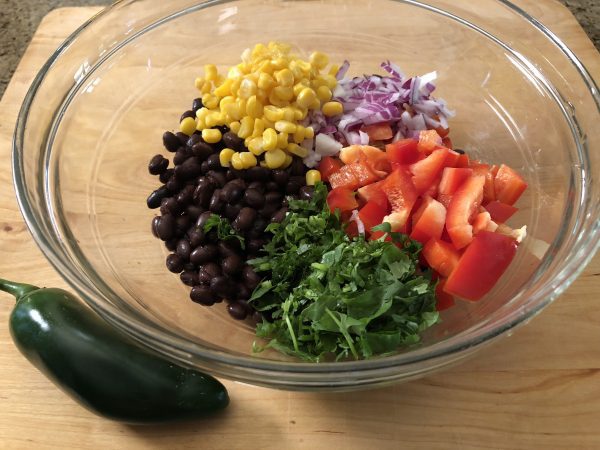
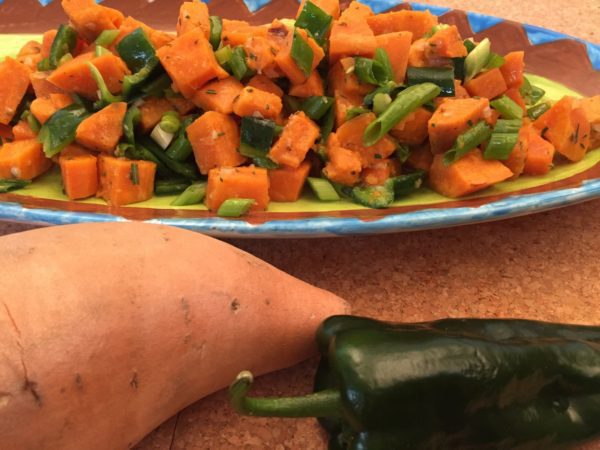
Grain Bowls – Wholefully
Sheet Pan Dinners – Cooking Classy
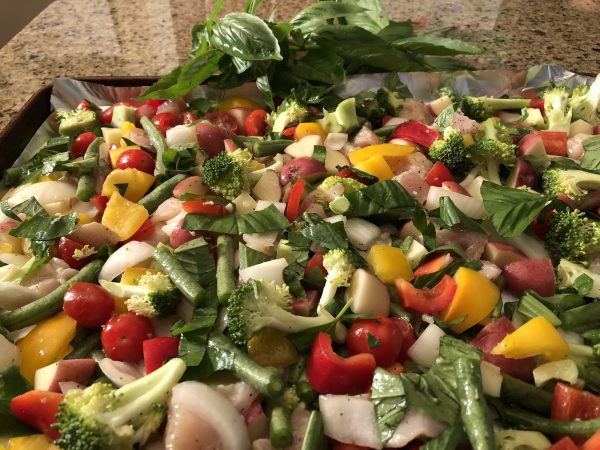
Sheet Pan Dinners
Next Steps
- Aim for at least 3 – 4 colors on your plate each meal
- List the fruits and veggies you regularly eat
- Try 1 new veggie each week
- Find new ways with a veggie you love
- Breakfast smoothie
- Grain bowl
- Roasted, pureed, shredded
- Share! Let me know how it goes. I’d love to cheer you on 😊
Updated from August 2021 post.

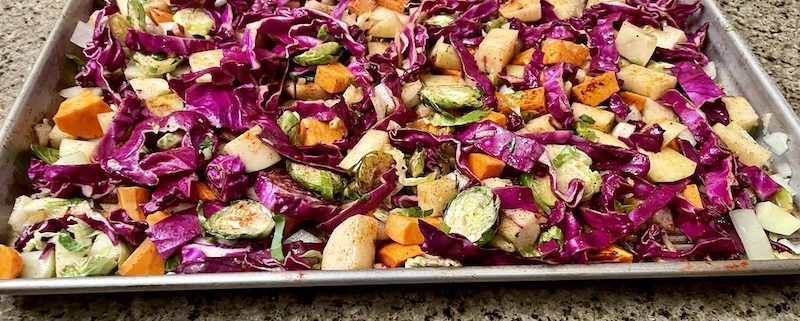
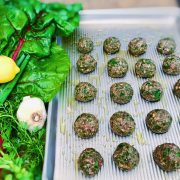
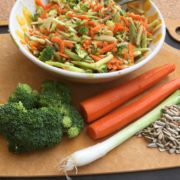
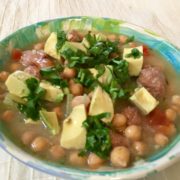
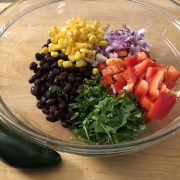
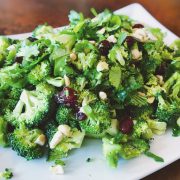
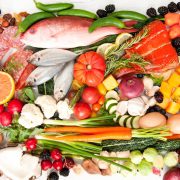



Leave a Reply
Want to join the discussion?Feel free to contribute!